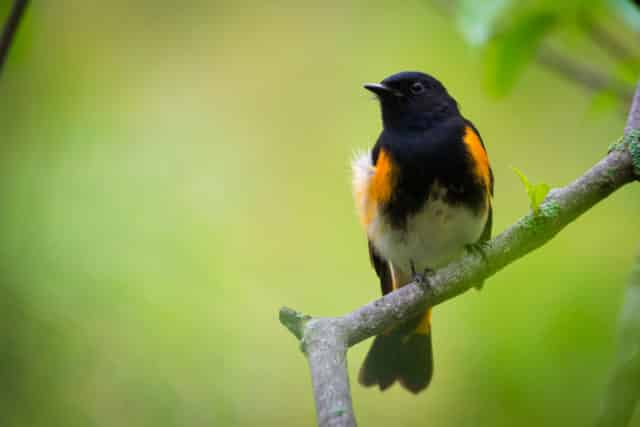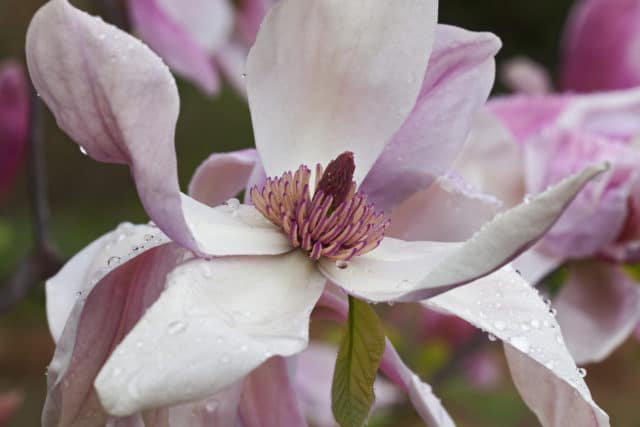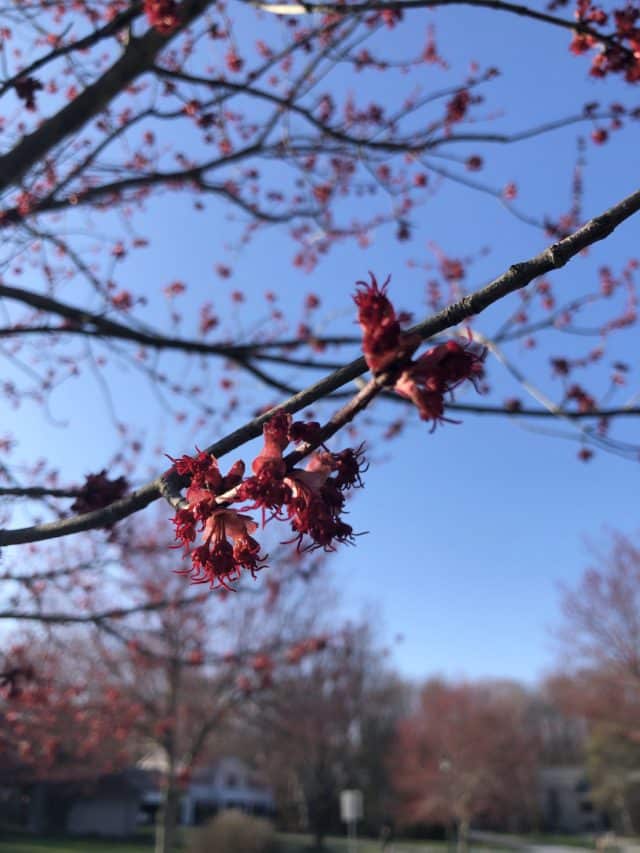Nature Profiles

Looking for something in particular? Click here to search.

Spizelloides arborea
American Tree Sparrow
Voice: High whistled tseet tseet followed by short whistles. Strictly winter visitors, American tree sparrows, can be commonly seen in old fields, grassy meadows and at bird feeders. Despite their name, American tree sparrows, are not associated with trees, instead foraging and nesting on... more

Turdus migratorius
American Robin
Voice: Rapid three syllable word that sounds like cheerily, cheer up, cheerio with pauses between; call is a loud rapid peek with a soft alternating tut . Many people in Ohio consider American Robins the harbinger of spring... more


Corvus brachyrhynchos
American Crow
Voice: Most common loud repeated caw-caw-caw American crows are highly adaptable, very intelligent birds. They are one of only a few species of bird that has been observed modifying and... more

Fulica Americana
American Coot
Voice: Loud variety of harsh cackles, grunts, and croaks. The most common sound is a loud “kuk, kuk, kuk.” Frequently found in open marshes, wetlands, ponds, lakes, american coots are... more

Bombycilla cedrorum
Cedar Waxwing
Cedar waxwings are found throughout much of North America in open habitats with abundant berry trees. They can inhabit open spaces in deciduous, coniferous and mixed woodlands. They are nomadic social birds, traveling in flocks during the fall and winter. They... more


Fagus sylvatica
European Beech
Fagus sylvatica is a magnificent tree. European beech is native from the southern parts of Sweden and Norway to Spain, Italy, Greece and northeast Turkey and Ukraine. It is a common... more

Stewartia Pseudocamellia
Korean or Japanese Stewartia
A graceful tree of many charms, Stewartia pseudocamellia (Korean or Japanese stewartia) is known in Japan as the summer camellia, natsu–tsubaki. It is related to both Camellia and Franklinia, fellow members of the Theaceae (tea family). In the 1980s,... more



Magnolia ‘Daybreak’
Magnolia ‘Daybreak’
In the Arthur S. Holden Sr. Hedge Garden is the spectacular new magnolia named ‘Daybreak.’ It bears large fragrant pastel pink flowers from the end of April until the third... more



Aesculus parviflora
Bottlebrush Buckeye
Aesculus parviflora, bottlebrush buckeye is my favorite shrub. It is a native of the southeastern United States, primarily to Alabama. The genus Aesculus and the maples, Acer, recently have been lumped into the... more





Vaccinium corymbosum
Highbush blueberry
Blueberries are members of the heath family (Ericaceae). Vaccinium corymbosum has significant value for wildlife and for enhancement of our landscape. Its rhododendron and azalea cousins may have very showy... more




People for Trees™
Make a difference in
your own backyard.
Plant and care for a tree beginning with making a pledge. We will support each pledge with easy-to-follow instructional toolkits, guidance on how to select the most appropriate tree and where to purchase it, free virtual classes and other ongoing support.
Make a pledgeWhat can we help you find?
Popular searches:



